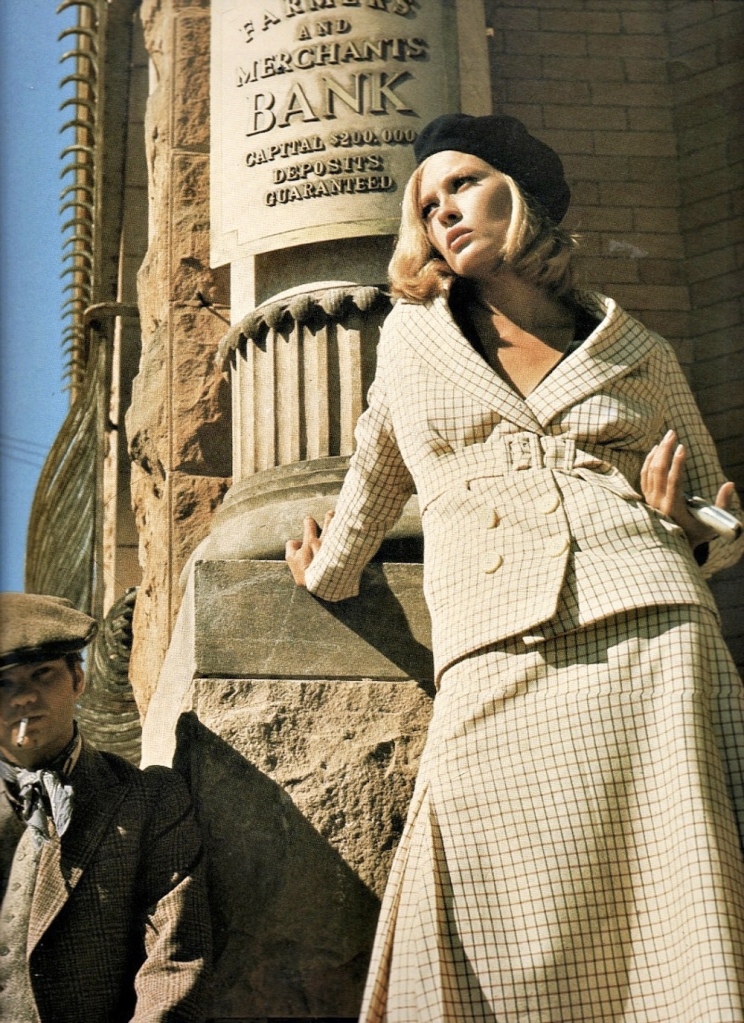After the collapse of the Hollywood studio system and cinemas became free to exhibit films of their own choice, including foreign and independent films, directors were left with more freedom to experiment and produce films as they wanted, leading to a dramatic rise in auteur productions that began largely due to the heavily innovative and radically different way that Bonnie & Clyde (Arthur Penn, 1967) was made. The film utilised temporal cuts that did not adhere to typical, seamless continuity editing, and presented new themes of sexuality and crime set against the backdrop of the Great Depression, blending dark comedy and brutality not sen often in film before. Arthur Penn had the freedom to take inspiration from the French New Wave due to the collapse of the Hollywood studio system and the subsequent ending of strict narrative conformity and unnoticeable editing to keep focus on the story.
Penn, Beatty and Allen all took heavy inspiration from the French New Wave, exhibited in America due to the increased freedom of cinemas to exhibit foreign films. The French New Wave was a new and innovative style of filmmaking from France that had placed emphasis on ‘outsider’ characters and how they perceived and interacted with the contemporary urban environments they lived in, often influenced by social deprivation and real social issues that existed at the time. The movement also favoured a casual, new approach to film making, with often handheld camera work, low budgets, hard cuts and non-continuity editing. They also experimented with portraying more realistic depictions of society, characters and themes that surrounded the story what had not been outwardly shown before under the Hays Code, such as violence, used in Bonnie & Clyde in a comedic setting, crime and sexuality. The film is shot on location using naturalistic lighting, politically motivated and a realistic character driven story.
Bonnie & Clyde was made in the backdrop of the 1960s, a period where typical American values were being reevaluated and the population were mor accepting of how the characters in the film were portrayed. Having morally grey characters was more likely to happen in the 1960s than the 1940s, and this also goes for the sexual imagery (included in the first shot, no less. Also e.g., when Bonnie is embarrassed by the by Clyde taking his shoe off in the street) nudity (which is involved in the first scene), violence shown in graphic detail through blood and squibs, the (almost) sex scenes, common nature of guns and robbery and kidnapping and murder in the plot, even the implication that Clyde is homosexual. It’s anti-establishment attitude( e.g Clyde shooting the bank’s sign), youthful and criminal protagonists resonated with younger audiences. An example is how Malcom punishes Moss for getting a tattoo, dismissing the protagonists. He is portrayed as a villain in the film, and is resonated with young audience members who wanted to dissent from their parents.

You must be logged in to post a comment.